What is NoValid ransomware?
NoValid ransomware is a new ransomware to add to the already big list of these dangerous viruses. It’s also known as the Locked-In ransomware. It can infect your computer via spam emails and once it does, it will encrypt your files and make them unreadable. Ransomware is one of the most dangerous computer viruses because it takes your files hostage and demands that you pay to get them back.
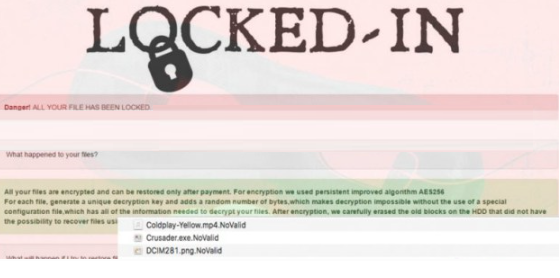
Most of the ransomware remain uncrackable by malware researchers so users end up losing their files. This is why it’s highly important to have backup for all your important files. If you were infected by ransomware, you could get your files from backup. If you do not have and are thinking of paying, we suggest you think twice about it. NoValid ransomware developers might take your money and not send you anything in return. Then, you would lose your files and your money. This is why you should ignore the demands and delete NoValid ransomware from your computer.
What does NoValid ransomware do?
Ransomware developers can attach an infected file to an email and send it to thousands of users. When the users open the attachment, they end up downloading the ransomware. It’s that simple. You need to be very careful when opening email from unknown senders. Even if they seem like they’re coming from legitimate companies or government organizations. Cyber criminals will pressure you to open the attachment by claiming it’s an invoice or an important document. Before you go about opening email attachments, make sure it’s safe to do so. Double check the contents and the sender, and only then open it.
Once NoValid ransomware is on your computer, it will use the AES-256 encryption algorithm to make your files unreadable. It will also attach the .novalid file extension to all affected files. A ransom note will then be generated, which will inform users of what has occurred. The hackers will claim that the only way to unlock the files would be by using their decryption key. Unfortunately, that is true. That does not mean you should pay them anything. While the amount is not yet known to us, the criminals could ask anywhere from 0.5 to 2 Bitcoins (1 Bitcoin being equal to $760). The problem with paying ransomware developers is that you can never be sure that they will send you a decryption key. We strongly suggest you ignore the demands and not support the criminals. Remove NoValid ransomware. If you have backup, you can restore your files from there. But you must delete NoValid ransomware first.
NoValid ransomware removal
Manual NoValid ransomware removal can be quite difficult, and that is why we suggest you obtain powerful anti-malware software. and have to it remove NoValid ransomware. The program should always be running in the background because you can never be sure when a malicious virus will enter your computer.
Offers
Download Removal Toolto scan for NoValid RansomwareUse our recommended removal tool to scan for NoValid Ransomware. Trial version of provides detection of computer threats like NoValid Ransomware and assists in its removal for FREE. You can delete detected registry entries, files and processes yourself or purchase a full version.
More information about SpyWarrior and Uninstall Instructions. Please review SpyWarrior EULA and Privacy Policy. SpyWarrior scanner is free. If it detects a malware, purchase its full version to remove it.

WiperSoft Review Details WiperSoft (www.wipersoft.com) is a security tool that provides real-time security from potential threats. Nowadays, many users tend to download free software from the Intern ...
Download|more


Is MacKeeper a virus? MacKeeper is not a virus, nor is it a scam. While there are various opinions about the program on the Internet, a lot of the people who so notoriously hate the program have neve ...
Download|more


While the creators of MalwareBytes anti-malware have not been in this business for long time, they make up for it with their enthusiastic approach. Statistic from such websites like CNET shows that th ...
Download|more
Quick Menu
Step 1. Delete NoValid Ransomware using Safe Mode with Networking.
Remove NoValid Ransomware from Windows 7/Windows Vista/Windows XP
- Click on Start and select Shutdown.
- Choose Restart and click OK.

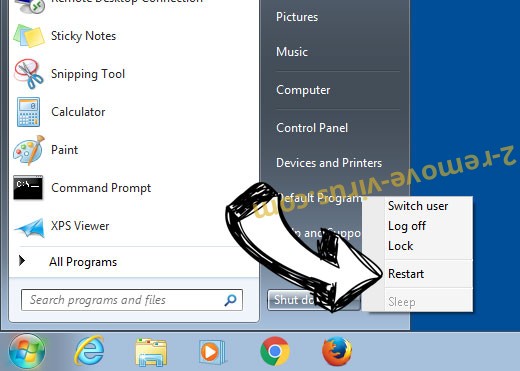
- Start tapping F8 when your PC starts loading.
- Under Advanced Boot Options, choose Safe Mode with Networking.

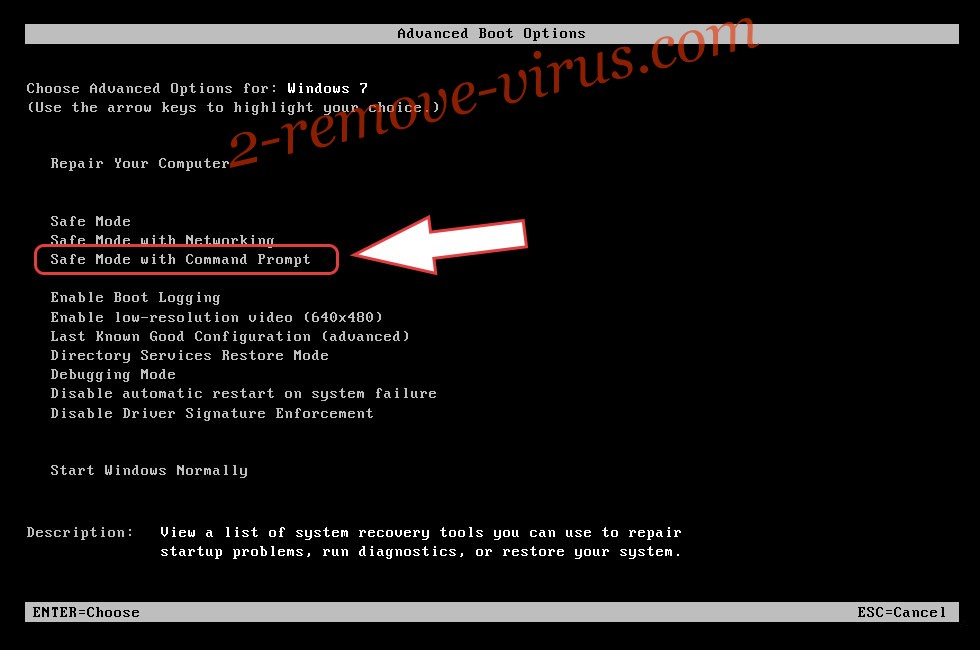
- Open your browser and download the anti-malware utility.
- Use the utility to remove NoValid Ransomware
Remove NoValid Ransomware from Windows 8/Windows 10
- On the Windows login screen, press the Power button.
- Tap and hold Shift and select Restart.

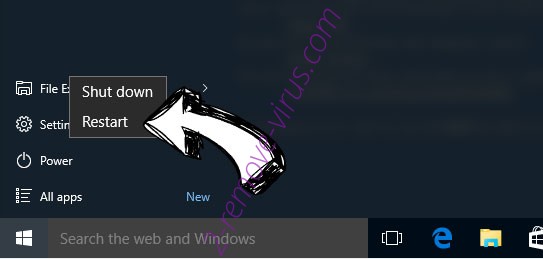
- Go to Troubleshoot → Advanced options → Start Settings.
- Choose Enable Safe Mode or Safe Mode with Networking under Startup Settings.

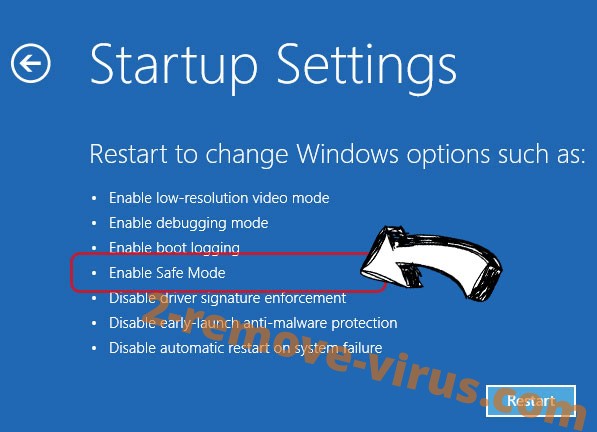
- Click Restart.
- Open your web browser and download the malware remover.
- Use the software to delete NoValid Ransomware
Step 2. Restore Your Files using System Restore
Delete NoValid Ransomware from Windows 7/Windows Vista/Windows XP
- Click Start and choose Shutdown.
- Select Restart and OK


- When your PC starts loading, press F8 repeatedly to open Advanced Boot Options
- Choose Command Prompt from the list.

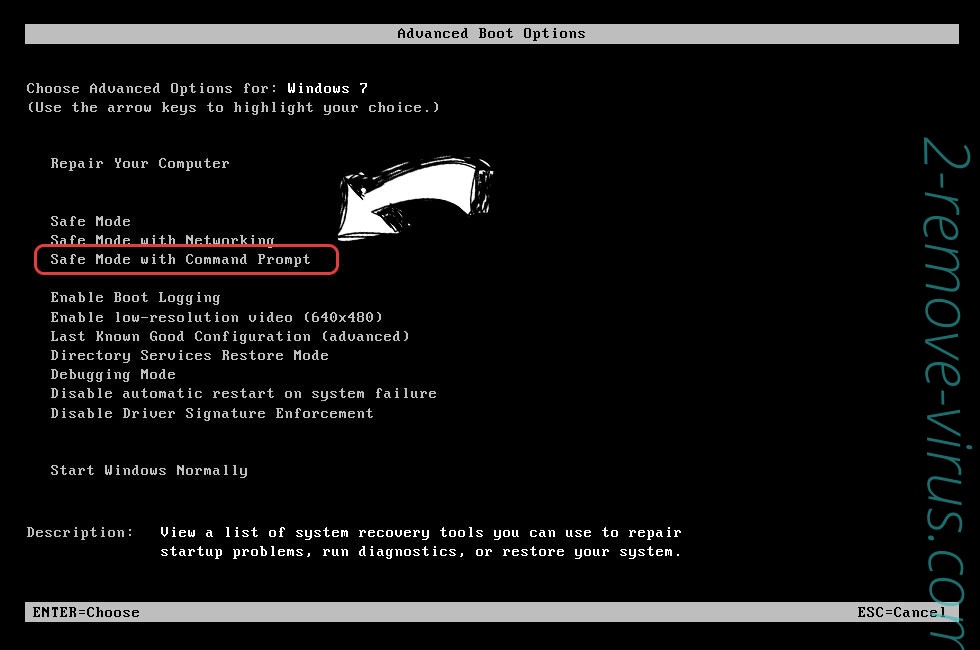
- Type in cd restore and tap Enter.

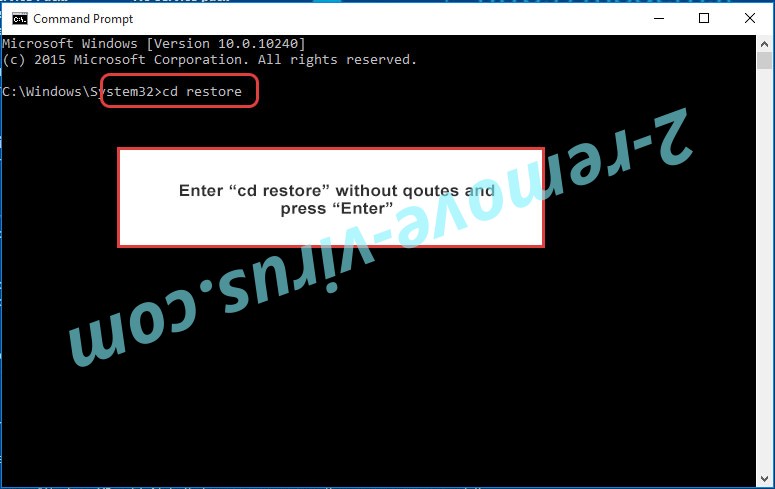
- Type in rstrui.exe and press Enter.

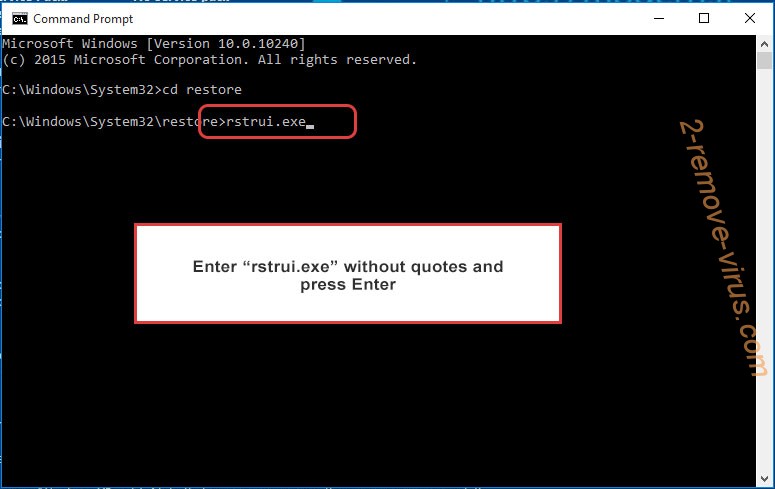
- Click Next in the new window and select the restore point prior to the infection.

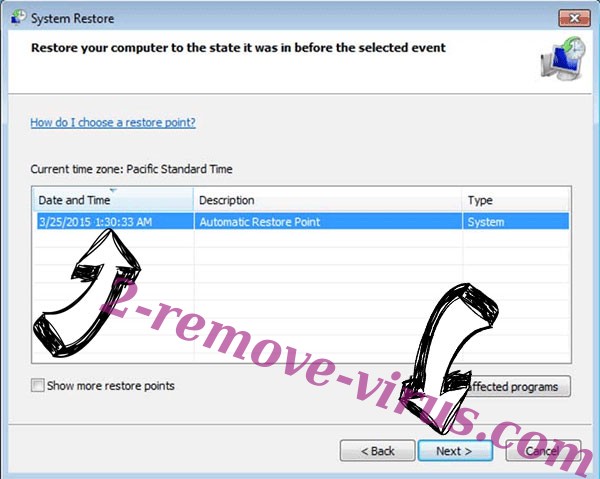
- Click Next again and click Yes to begin the system restore.

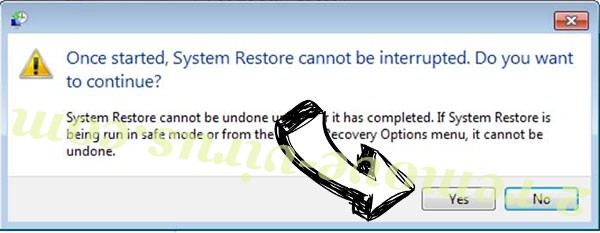
Delete NoValid Ransomware from Windows 8/Windows 10
- Click the Power button on the Windows login screen.
- Press and hold Shift and click Restart.


- Choose Troubleshoot and go to Advanced options.
- Select Command Prompt and click Restart.

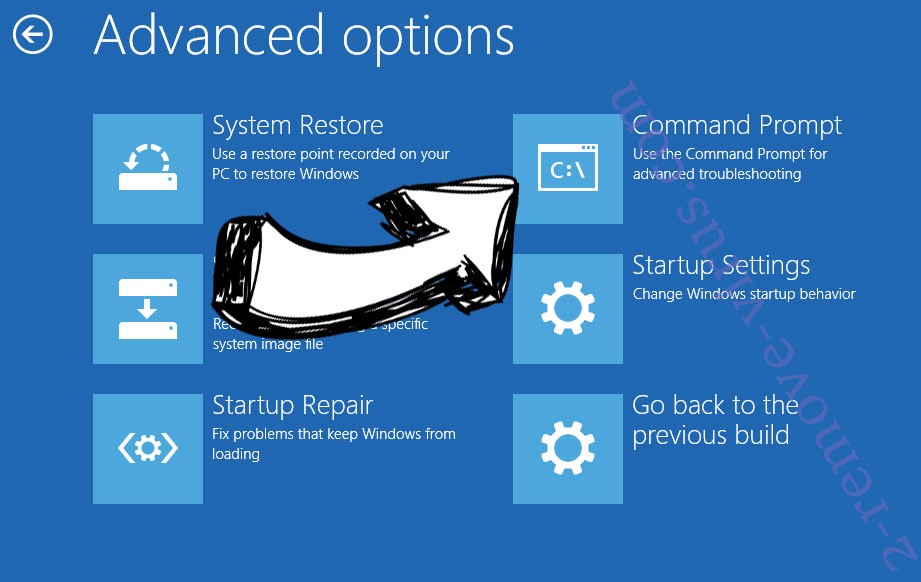
- In Command Prompt, input cd restore and tap Enter.


- Type in rstrui.exe and tap Enter again.


- Click Next in the new System Restore window.

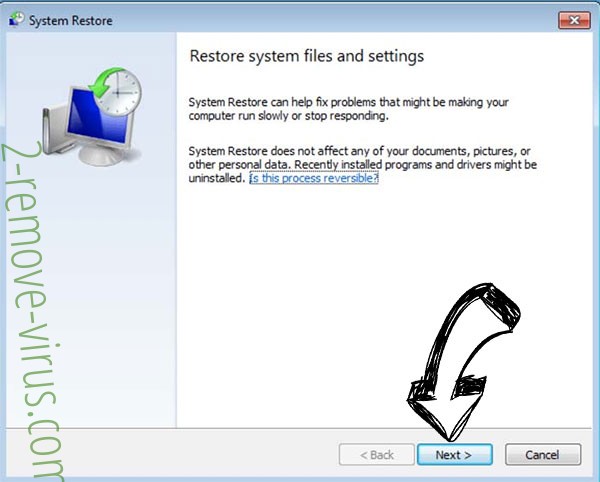
- Choose the restore point prior to the infection.


- Click Next and then click Yes to restore your system.


Site Disclaimer
2-remove-virus.com is not sponsored, owned, affiliated, or linked to malware developers or distributors that are referenced in this article. The article does not promote or endorse any type of malware. We aim at providing useful information that will help computer users to detect and eliminate the unwanted malicious programs from their computers. This can be done manually by following the instructions presented in the article or automatically by implementing the suggested anti-malware tools.
The article is only meant to be used for educational purposes. If you follow the instructions given in the article, you agree to be contracted by the disclaimer. We do not guarantee that the artcile will present you with a solution that removes the malign threats completely. Malware changes constantly, which is why, in some cases, it may be difficult to clean the computer fully by using only the manual removal instructions.
